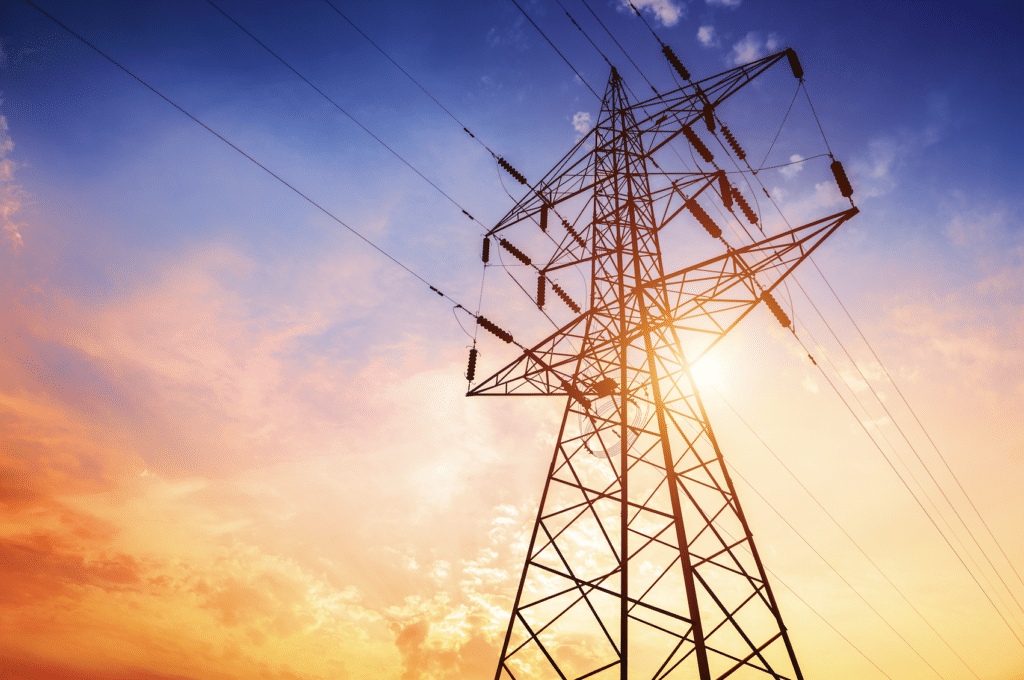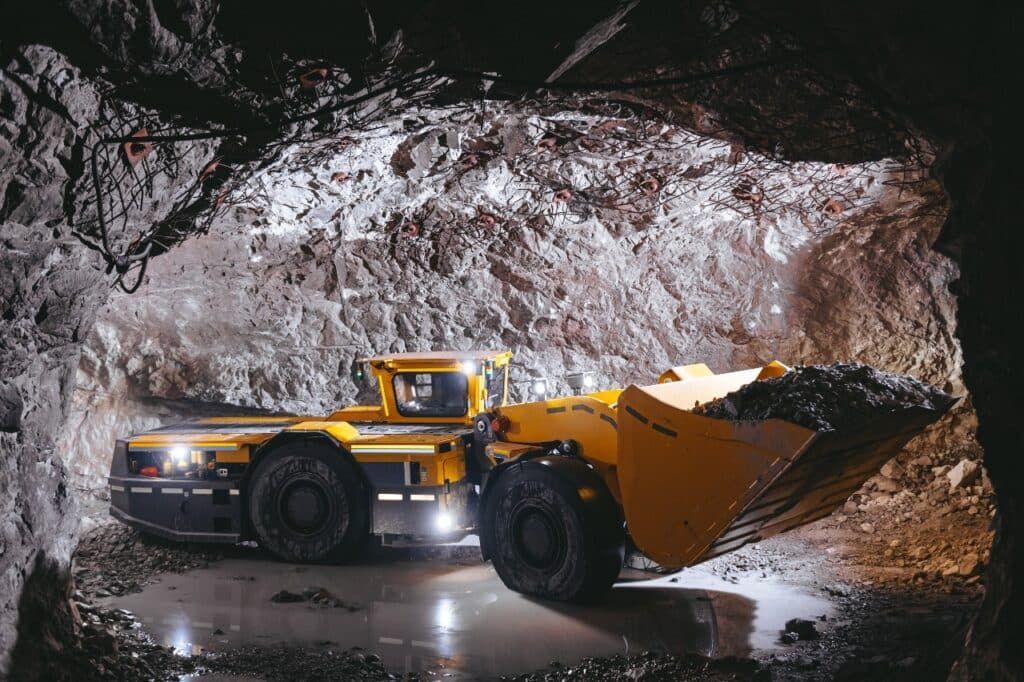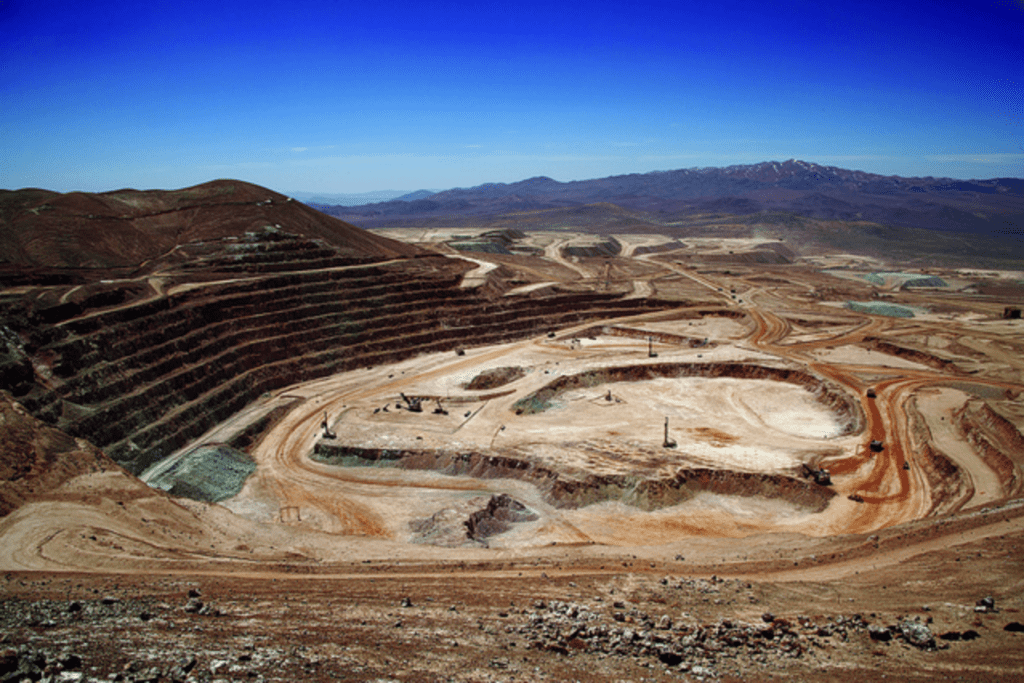Falling Commodity Prices Stretch Australian Trade Deficit
In September, Australian sank further into a trade deficit thanks to falling commodity prices.
The result, which is the biggest in two years, is increasingly larger than the $1.9 billion deficit which was predicted by the typical economist.
According to JP Morganís Tom Kennedy, Falling commodity prices, particularly iron ore and coal, have dented to results.
"The relative underperformance is owing to the ongoing downward adjustment to iron ore and coal prices made by the ABS following sharp declines in spot markets earlier in the year," he observed.
While on the other side the ledger an increase in the cost of imports also helped push Australia further into the red.
Since September 2009, Import costs recorded their strongest monthly rise, slightly reflecting the fall in the Australian dollar.
The largest jump in costs was for fuels and lubricants which jumped 31 per cent in the month.
However the good news, as pointed out by several economists, is that the stronger export volumes will add around 0.5 to 0.7 per cent to growth in the September quarter, which should take GDP to around 3.1 per cent when it is released next month.




